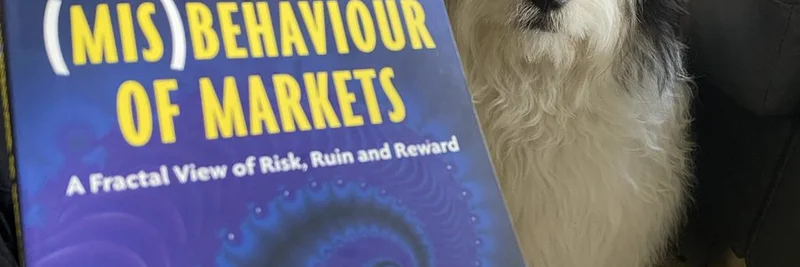In the fast-paced world of blockchain and crypto, where math and computer science often take center stage, a fresh perspective from a key player is turning heads. Ilja Moisejevs, better known as @ilmoi on X and the co-founder of Tensor, Solana's leading NFT marketplace, recently shared a thought-provoking tweet that's resonating with builders and traders alike.
He posted: "I used to think that all you need to do well in life is study math and cs now I think you should also study history surprisingly (or not) everything happening has already happened before if you see the fractals you see the future."
This simple yet profound message highlights a shift in thinking for many in the tech and crypto space. But why does history matter so much, especially when it comes to meme tokens? Let's break it down in a way that's easy to grasp, even if you're new to the scene.
Who Is Ilja Moisejevs and Why Listen to Him?
Ilja isn't just another voice in the crowd. As the CEO and co-founder of Tensor, he's at the forefront of the Solana ecosystem, building tools that power NFT trading. Tensor has become a go-to platform for buying, selling, and discovering digital collectibles, many of which tie into the wild world of memes. Before Tensor, Ilja founded CalypsoAI, an AI security firm, showing his deep roots in both AI and tech innovation. His experience spans building real products that handle volatile markets, making his advice on spotting patterns particularly valuable.
The Power of History in Crypto: Spotting the Cycles
Crypto markets are notorious for their boom-and-bust cycles, and meme tokens amplify that chaos. Think about it: Dogecoin started as a joke in 2013 but exploded in 2021 thanks to social media hype. Shiba Inu followed a similar path, riding the wave of community-driven pumps. These aren't random events—they echo historical patterns from traditional finance, like the dot-com bubble or even tulip mania in the 1600s.
By studying history, you start seeing how human behavior repeats itself. Greed drives pumps, fear triggers dumps, and regulatory shifts can flip the script overnight. In blockchain, this means recognizing when a new meme token trend mirrors past ones, like the 2017 ICO craze or the 2021 DeFi summer. Ilja's point? If you're armed with historical knowledge alongside your coding skills, you can anticipate these shifts rather than react to them.
Fractals: The Key to Seeing the Future in Markets
Ilja drops the term "fractals," which might sound math-heavy, but it's straightforward. Fractals are patterns that repeat at different scales—like how a coastline looks jagged whether you're viewing it from space or up close. In trading, fractal analysis spots self-similar patterns in price charts, helping predict future moves based on past behavior.
This ties perfectly into meme tokens, where virality and sentiment drive value. A small pump in a niche community can scale into a massive rally, just like we've seen before. One reply to Ilja's tweet nailed this by sharing an image of a classic book on the topic.
The book, The (Mis)Behaviour of Markets by Benoit Mandelbrot (the father of fractal geometry), argues that markets aren't as random as traditional models suggest. Instead, they're full of fractal patterns that reveal risks and opportunities. It's a must-read for anyone serious about crypto trading, and seeing it pop up in the thread underscores how history and math intersect to give you an edge.
Applying This to Meme Tokens: Practical Tips
So, how can you put this into action if you're diving into meme tokens? Start simple:
Research Past Cycles: Look at how meme coins like Pepe or Bonk surged during bull markets. What triggered them? Social media buzz, celebrity endorsements, or economic factors? Tools like CoinMarketCap or DexScreener let you chart historical data.
Spot Fractal Patterns: Use charting platforms like TradingView to identify repeating formations, such as head-and-shoulders or Elliott waves, which often appear in volatile assets like memes.
Build a Knowledge Base: Combine your CS skills to automate pattern recognition—maybe script a bot that scans for historical similarities in token launches.
In the Solana ecosystem, where Tensor operates, this is especially relevant. NFTs and memes often blend, with collections like Mad Lads or Degenerate Ape Academy showing how cultural trends recycle old ideas into new hype.
Wrapping Up: A Balanced Approach for Blockchain Success
Ilja's tweet is a reminder that while math and CS build the tech, history provides the context to navigate human-driven markets. For meme token enthusiasts, this means less gambling and more informed plays. Whether you're a developer, trader, or just curious about blockchain, adding history to your toolkit could be the fractal that unlocks your future wins.
What do you think—have you spotted repeating patterns in crypto? Drop your thoughts in the comments or check out the original thread here. Stay tuned to Meme Insider for more insights on the latest in meme tokens and blockchain trends.



